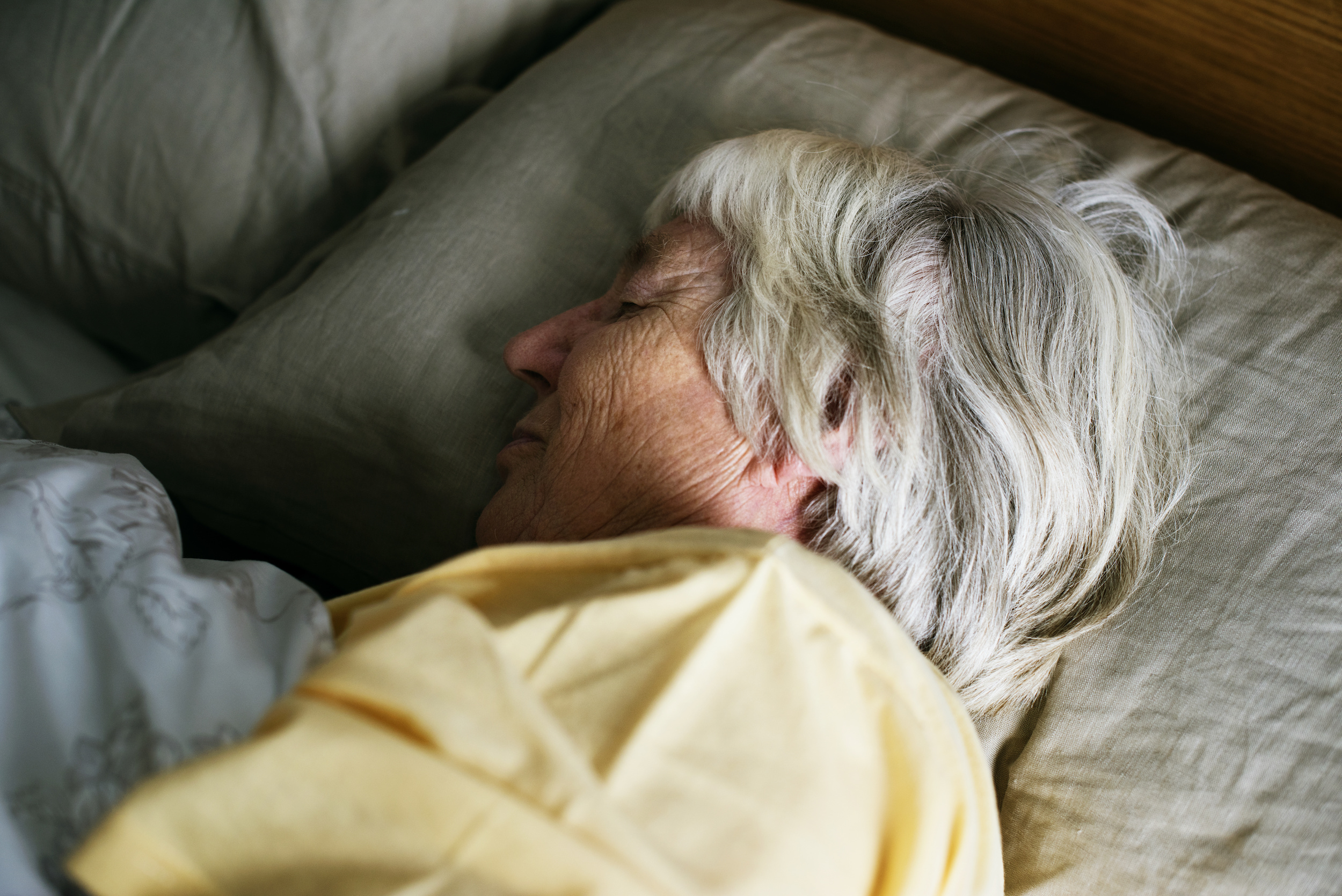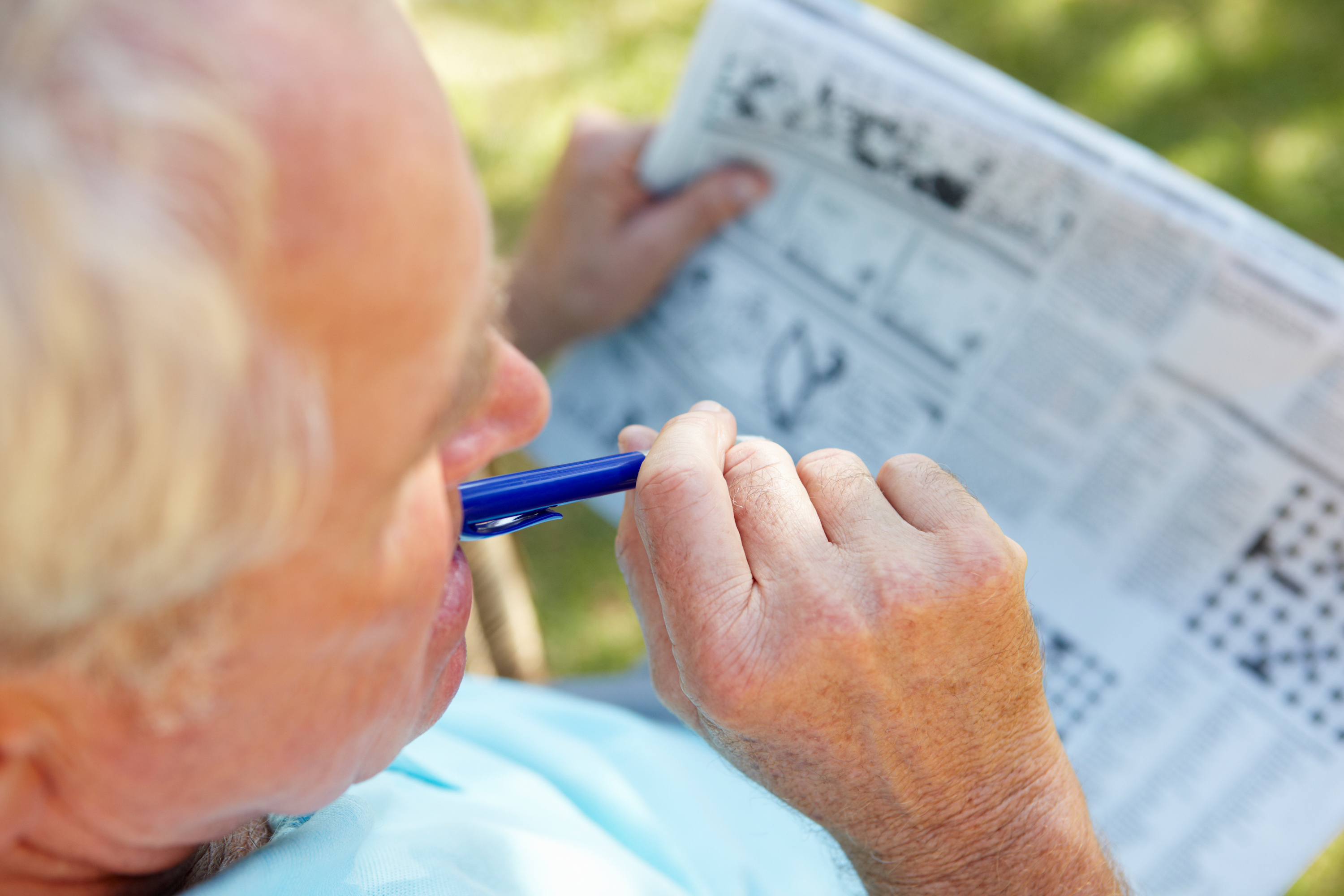Elderly Alert Systems Protect against Dangerous Falls and Illnesses
 When elderly people are living independently, their loved ones tend to worry about them – and with good reason. Statistically, seniors face a higher risk of stroke, heart attack, and other health emergencies than younger people. The Centers for Disease Control and Prevention (CDC) reports that millions of people ages 65 and older – more one out of four – suffer a fall every year, and more than 300,000 are hospitalized with hip fractures.
When elderly people are living independently, their loved ones tend to worry about them – and with good reason. Statistically, seniors face a higher risk of stroke, heart attack, and other health emergencies than younger people. The Centers for Disease Control and Prevention (CDC) reports that millions of people ages 65 and older – more one out of four – suffer a fall every year, and more than 300,000 are hospitalized with hip fractures.
Fortunately, elderly alert systems can help protect seniors against dangerous falls and illnesses. With such a system in place, an elderly person can have help on the way with the push of a button in the event of a fall or other medical emergency.
Elderly Alert Systems: Protection Inside and Outside the Home
With new technology, elderly alert systems are more effective than ever. Each system contains a base station, with either a landline or cellular option. The elderly person wears a medical alert pendant or bracelet with an emergency call button that sends a signal to the base unit when the button is pushed. The base unit has a highly sensitive microphone that allows for two-way communication with an operator in a monitoring center, and emergency medical assistance can be dispatched immediately in an emergency.
Whether to wear a pendant or a bracelet is a matter of personal preference. Some people are more comfortable wearing one or the other. A pendant can be accessed with either hand and may be a better option in case of a stroke. The bracelet or pendant should be worn 24 hours a day, even while sleeping if possible, or at least kept within easy reach. Water resistant pendants and bracelets are designed to be worn in the shower of bath, a common location for slip and fall accidents to occur.
With new mobile GPS elderly alert systems, active seniors can carry protection with them when they leave the home. The mobile unit compares in size to a deck of cards. When the elderly person is at home, the unit sits in a charger and serves as a base station. When the senior leaves the home, it fits in a pocket or handbag to provide medical alert protection on the go. In an emergency, a push of a button on the mobile unit, or on a medical alert pendant or bracelet, alerts the monitoring center and enables cellular service communication with an operator. GPS technology allows the operator to track the elderly person’s location, even when he or she is unable to provide it.
New fall detection technology is an important breakthrough in elderly alert systems, as seniors face a high risk of injury from falls. Special sensors in a medical alert pendant register a fall and automatically send an alert to the monitoring center. Even if the senior injured in a fall is unable to communicate with the operator, emergency medical attention is soon on the way. Check out our comparison to find an elderly alert system with fall detection and other features to help provide the protection your elderly loved one needs.



